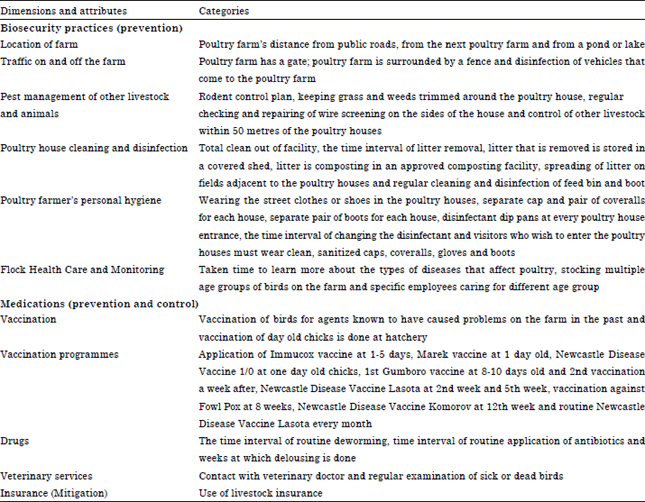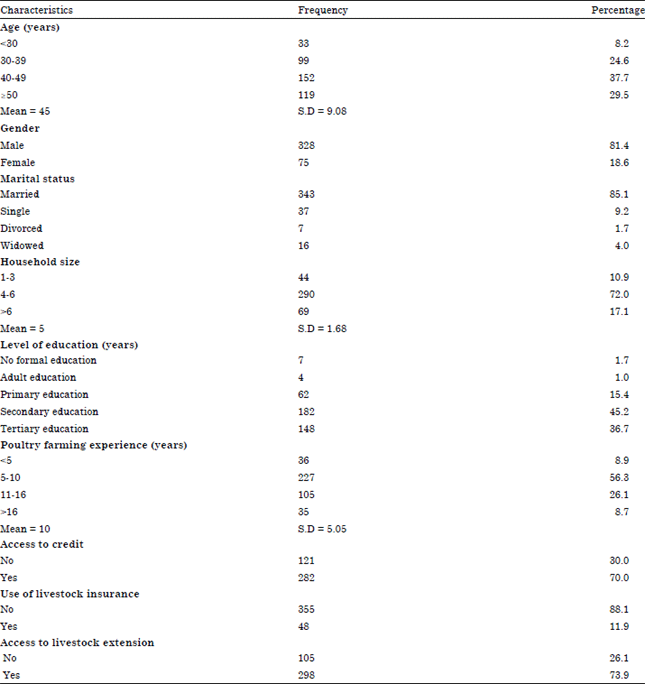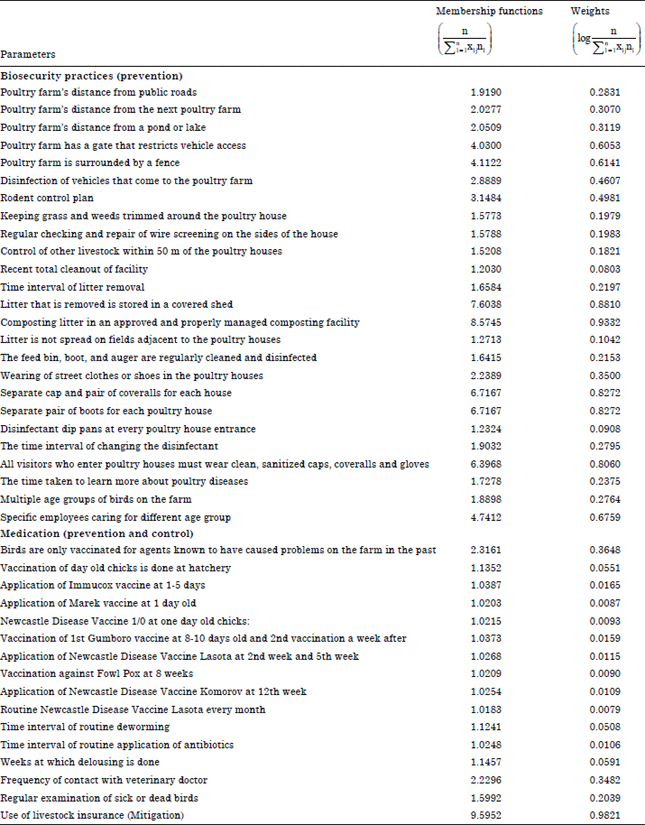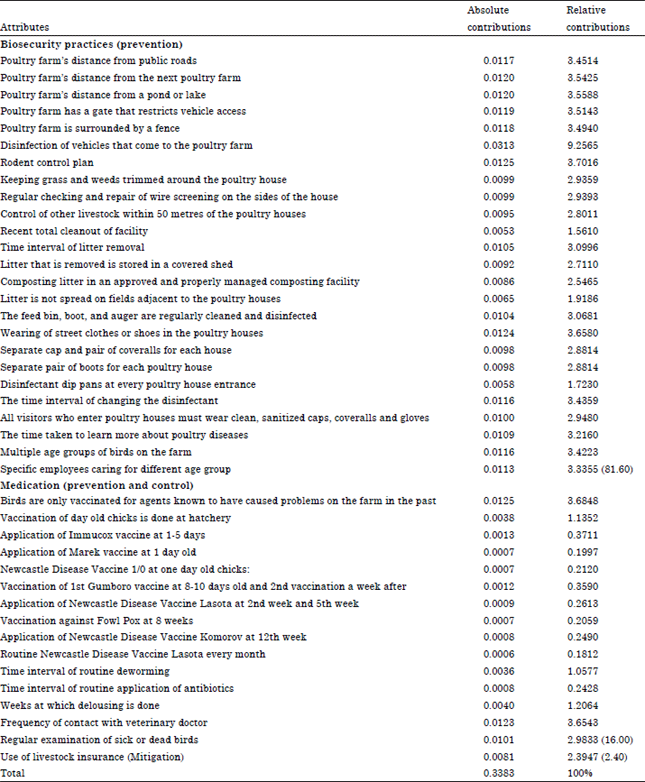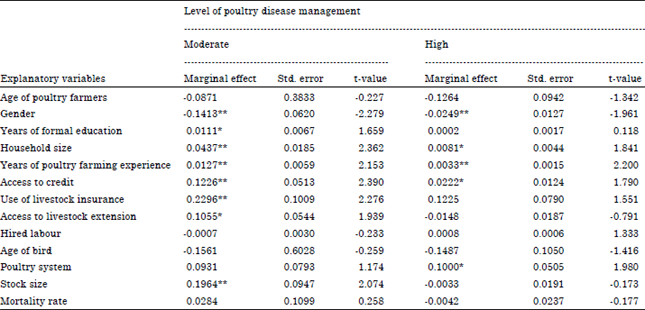Research Article
Assessment of Factors Affecting the Level of Poultry Disease Management in Southwest, Nigeria
Department of Agricultural Economics, University of Ibadan, Ibadan, Nigeria
A.I. Adeoti
Department of Agricultural Economics, University of Ibadan, Ibadan, Nigeria










